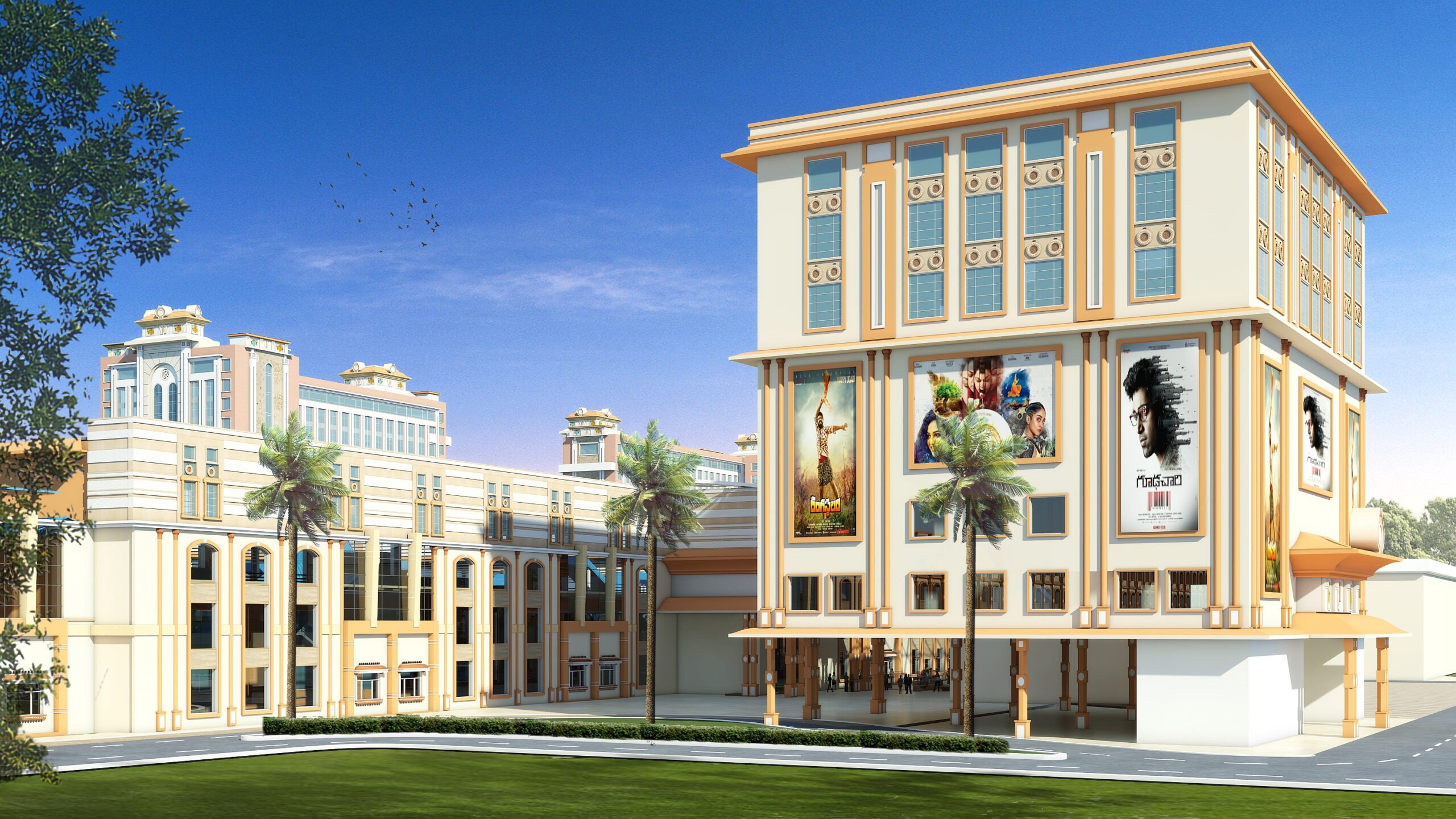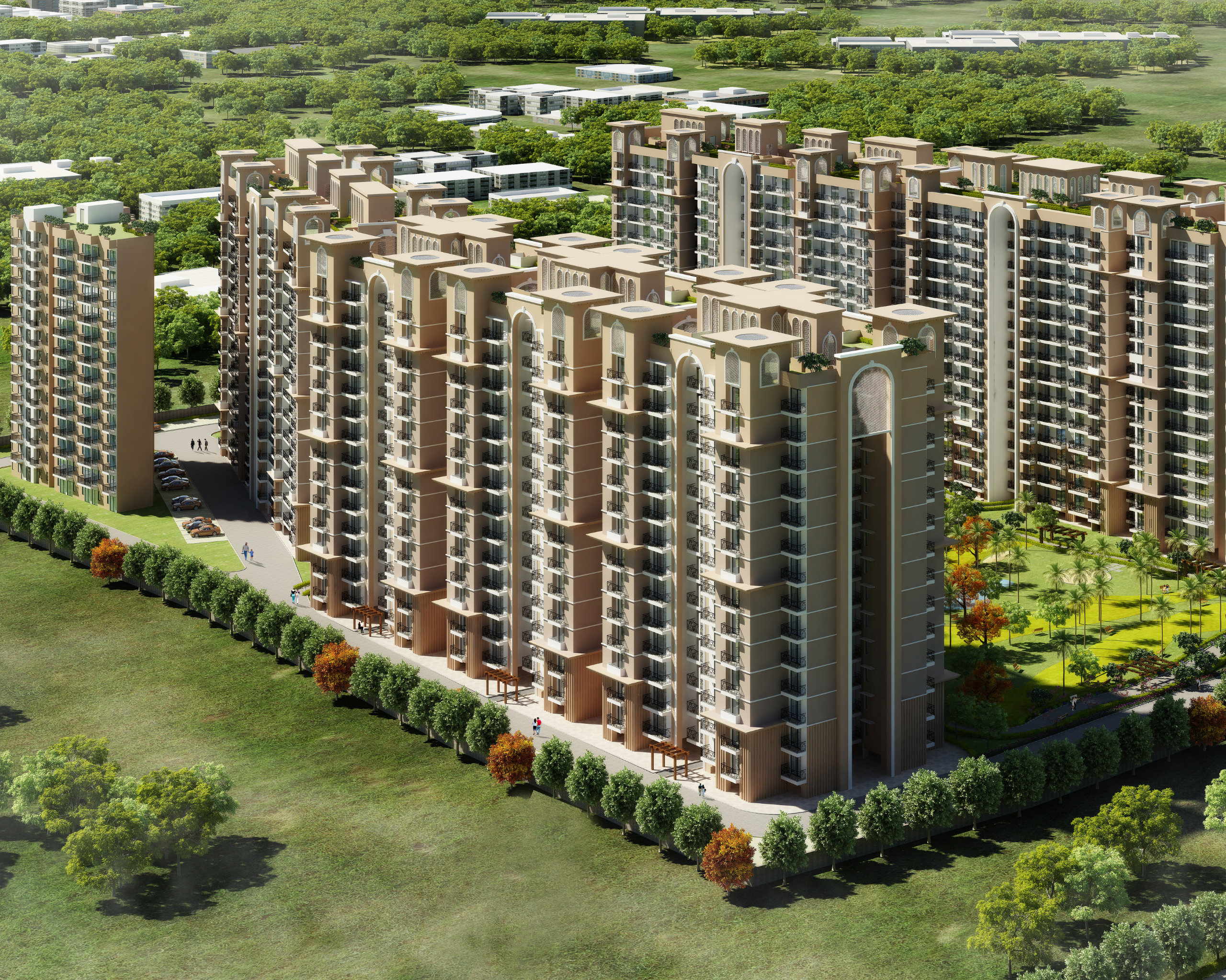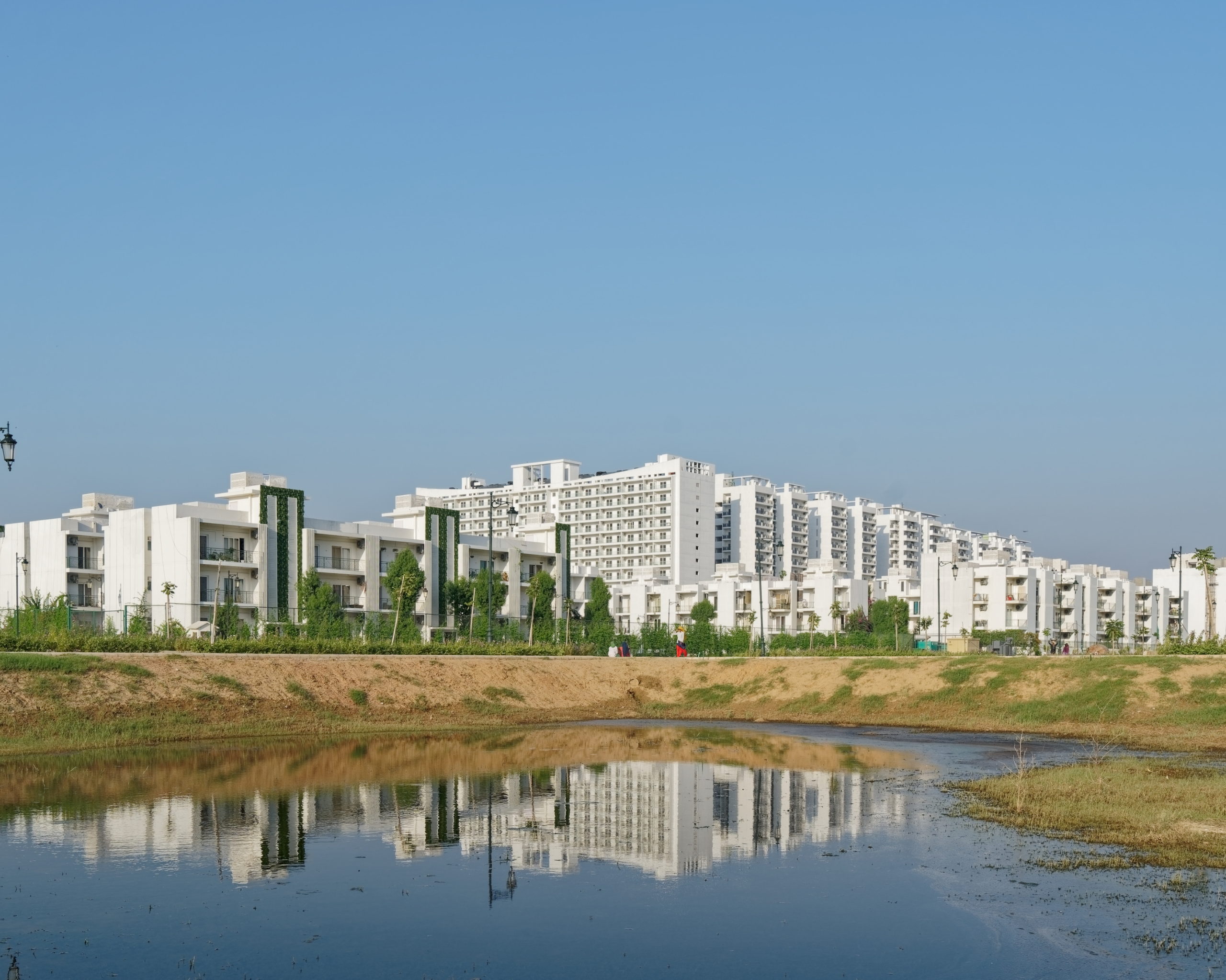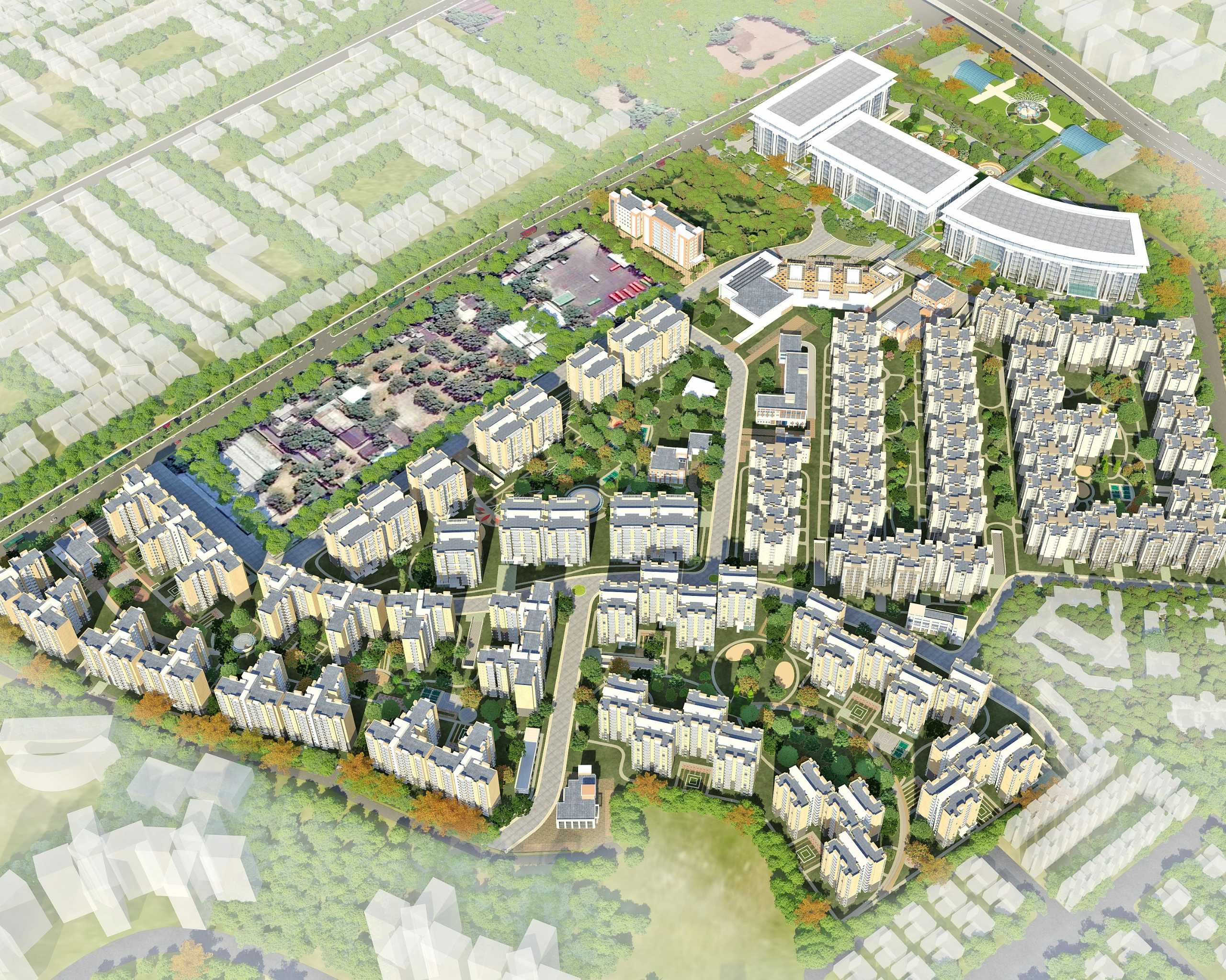Local Culture and Context Driving Urban Regeneration

As we rethink the basics of urban planning amidst a fast-growing population, climate change, and changing lifestyles of people, there have been many theories and practices for creating a flexible and sustainable urban model through design. The goal of urban regeneration or development of any city is to induce economic growth, create sustainable communities, and design for the people. Integrating local natural and cultural heritage in urban planning effectively creates a unique identity and sense of belonging among the users, facilitating a happy community, economic gains, and sustainability.
The most effective learning post-pandemic has been that we cannot function in silos and need to embrace our local systems to become a self-sustainable model. A growing trend today focuses on local culture and heritage — Going Glocal – Local is the new Global! Architecture, interiors, and experiences that reflect local traditions, heritage, art, etc., promote urban regeneration.
Leveraging cultural heritage for urban socio-economic development is not a new concept. The rich diversity and cultural heritage can drive sustainable urban regeneration in a country like India. With successful models in India’s rich history, the key to achieving a sustainable and indigenous urban fabric is going back to basics and looking into our history for examples. Today cities like Banaras, Jaipur, Kolkata, and more are thriving with cultural tourism and the revival and celebration of local tangible and intangible heritage, making them unique and community-centric cities. Learnings from these ancient cities can be scaled to the present modern urban context, such as:
- Tourism attraction to local culture can improve the local economy and add an element of uniqueness.
- Creating a sense of identity generates attachment in the local community.
- Reviving and promoting Indigenous arts and crafts, materials, culture, and heritage.
- Create jobs and opportunities for local communities.
- Lower material transport & operational costs.
- Bioclimatic architecture can reduce dependence on non-renewable resources and energy consumption.
There must be trust in the local culture to successfully integrate local context into the urban fabric. This includes identifying the local tangible and intangible heritage, community participation in the design process, and using local materials in diverse ways across all typologies of architecture throughout the city. A state-of-the-art design is not necessarily achieved by importing expensive materials from across the world but by using local resources if appropriately organised. The site and its culture are the most significant drivers, focusing on the desired orientation and integration of the built form within its context while capturing the beauty of the immediate surroundings. Being mindful of local climate patterns and geography in urban planning can create a homogenous urban fabric and cut down on construction and operational costs at an individual level.
As designers, we consider technological growth and innovation as factors that support modern contemporary architecture. This has led to cities worldwide having the same style and aesthetic, completely discarding the indigenous identity and diversity. Integrating local culture and context promotes a geographical, cultural, and natural diversity necessary for sustainable and adaptable urban regeneration.




